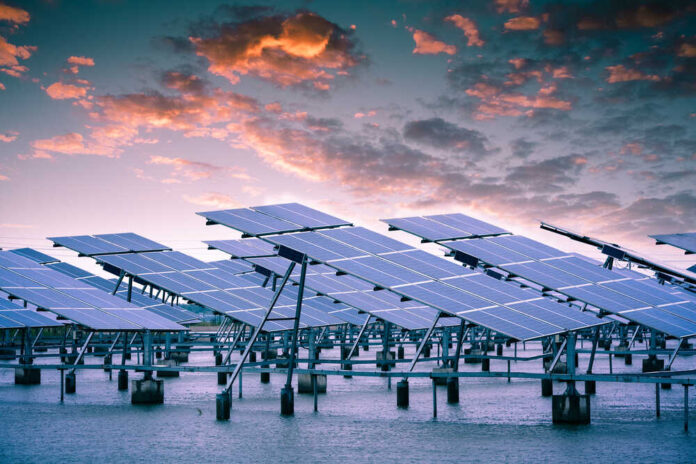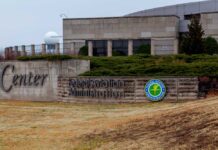A rising number of locals and environmentalists are worried about solar farms’ effects on local animals, human health, indigenous communities, and property prices in California’s deserts. Over the past five years, millions of panels have been erected in the Mojave Desert to the east of Los Angeles, altering the appearance of the terrain and posing new issues for locals.
California’s groundwater consumption is governed by a 2014 legislation that aims to protect water resources; however, this regulation does not extend to publicly owned property. More than 200,000 acres in California alone are now covered with solar panels, and the Bureau of Land Management has designated 870,000 acres nationwide for solar development. Some environmental groups are demanding a halt to such growth until rules can be established out of concern for the effects on animals.
Six-foot barbed wire fencing encircling such solar farms has resulted in the loss of grazing habitat, the displacement of desert tortoises, and the inability of bighorn sheep and deer to enter some places.
After living in her desert house, Patti Cockcroft developed a bronchial cough in March. The Centers for Disease Control and Prevention found in 2018 that workers building solar farms were more likely to have valley fever due to exposure to dust.
Silicosis, a lung illness caused by dust, is a serious worry for everyone working in a dusty environment, including the miners who produce solar panels and the installers and adjacent neighbors.
Communities hosting solar farm installations have seen a decline in property values, and once-desirable parcels have become unmarketable.
In 2013, a solar development project was primarily accused of causing a car pileup in Los Angeles due to a giant dust cloud. Teresa Pierce, a second Lake Tamarisk resident, claims that the efforts of solar businesses to reduce dust are making matters worse for certain nearby towns. Solar firms drain aquifers that aren’t frequently replenished by driving diesel-powered water trucks, which causes noise and dust pollution. The county, the BLM, and the solar firm have all been unreceptive to previous attempts at communication.
Elders on tribal reservations have sued to halt solar energy development, but federal courts have consistently sided with the government’s authority to pursue these projects.















